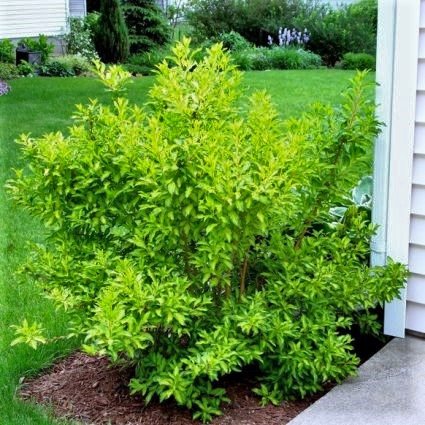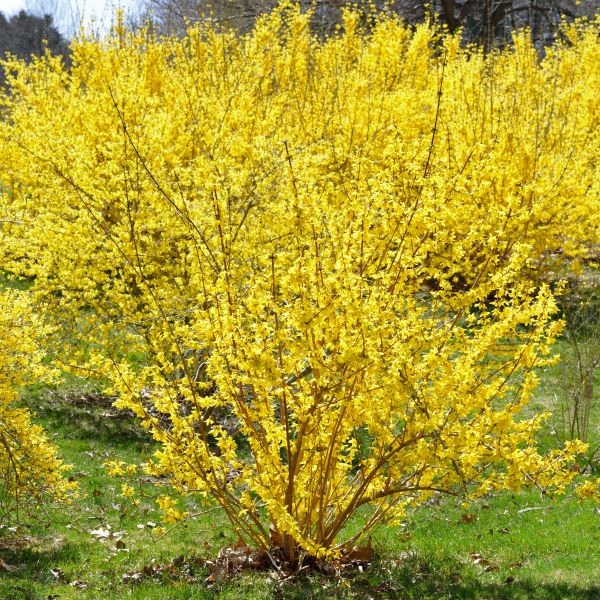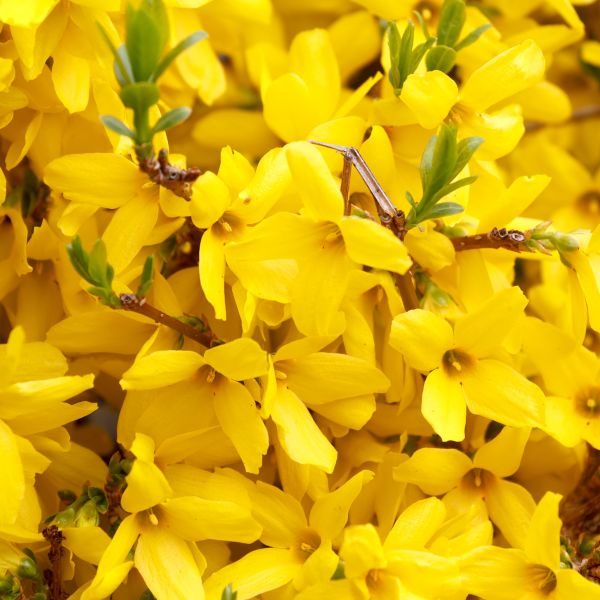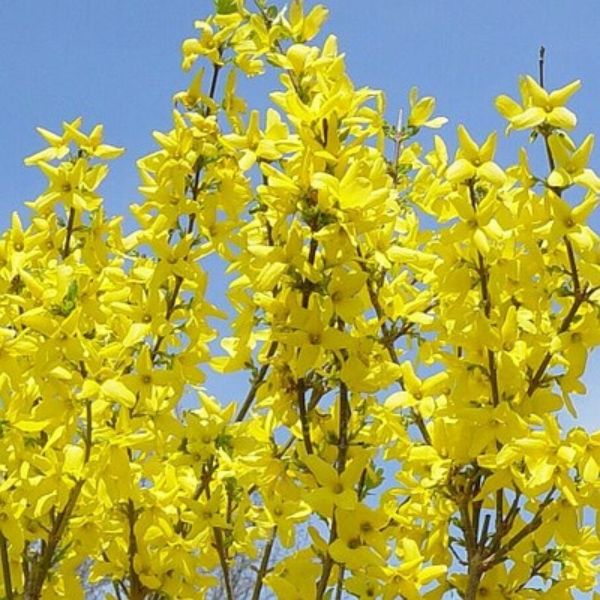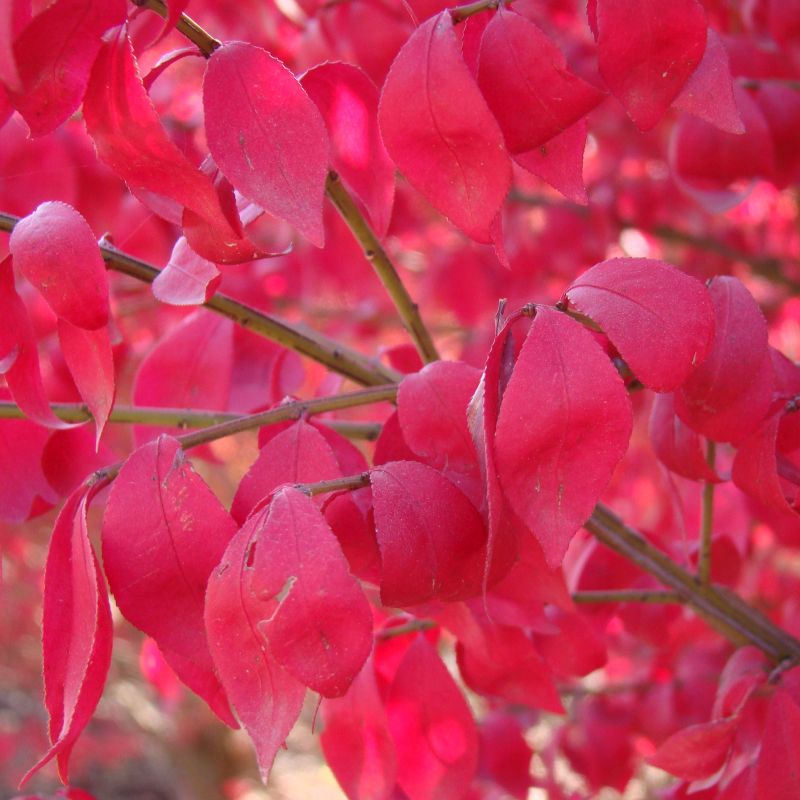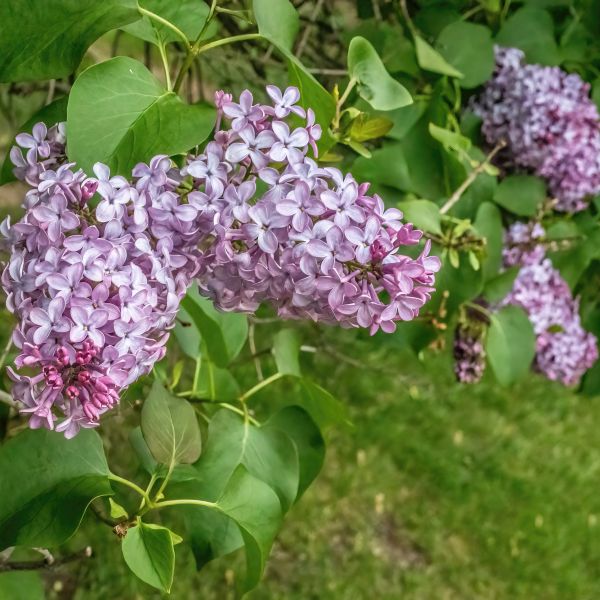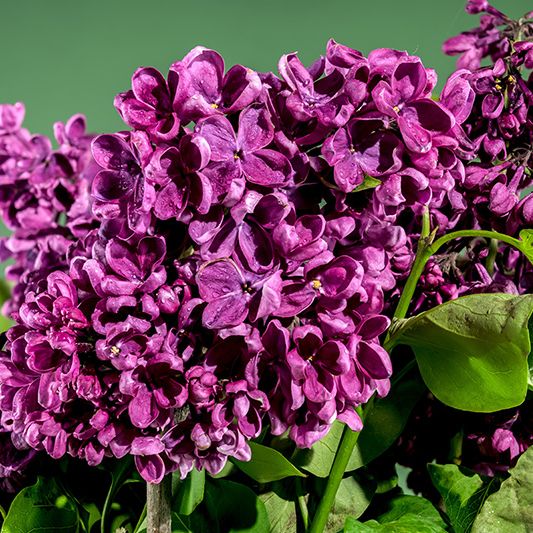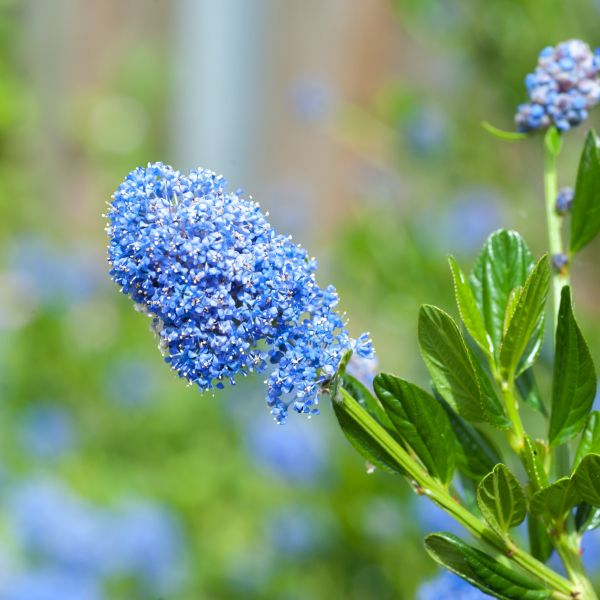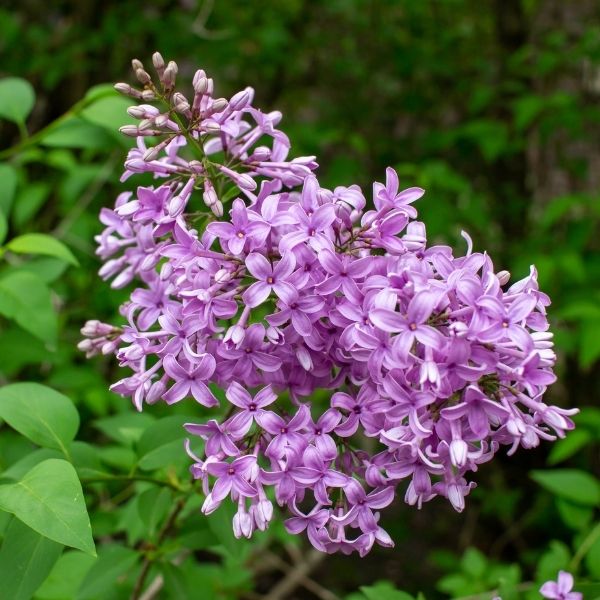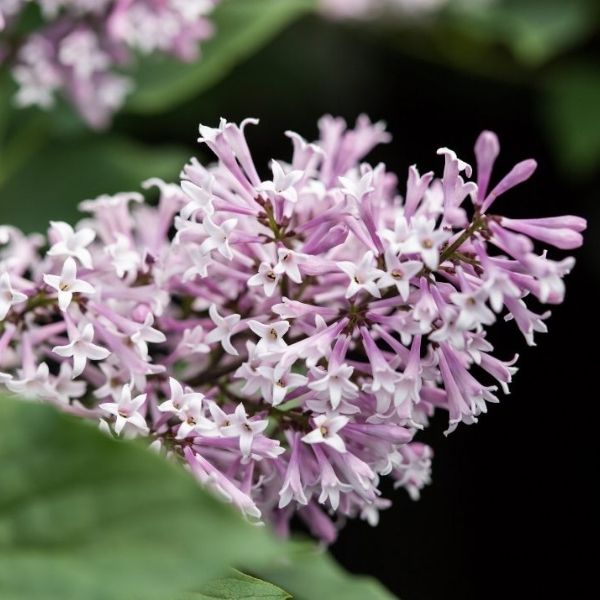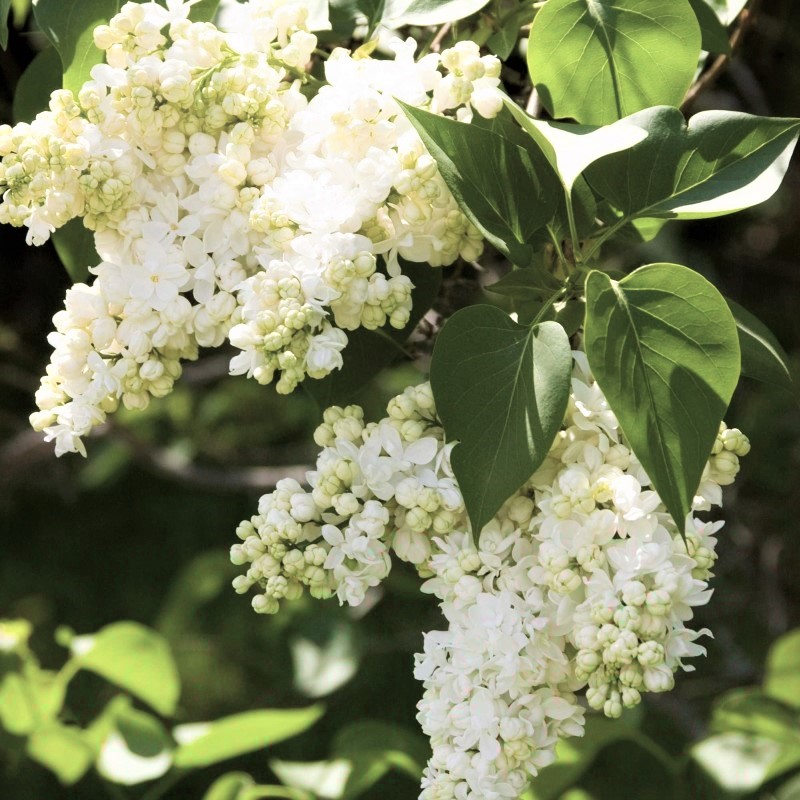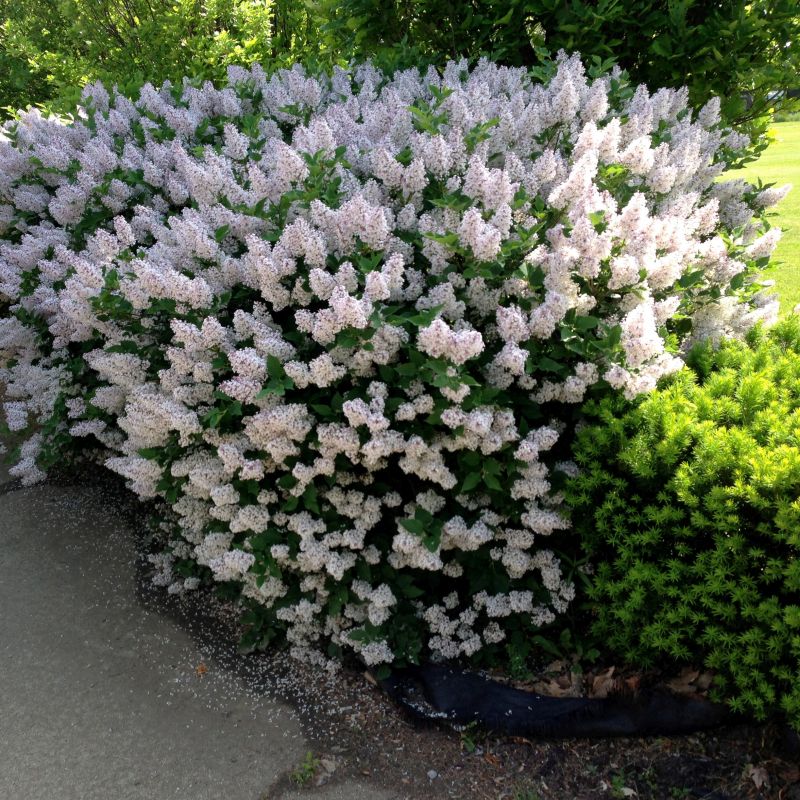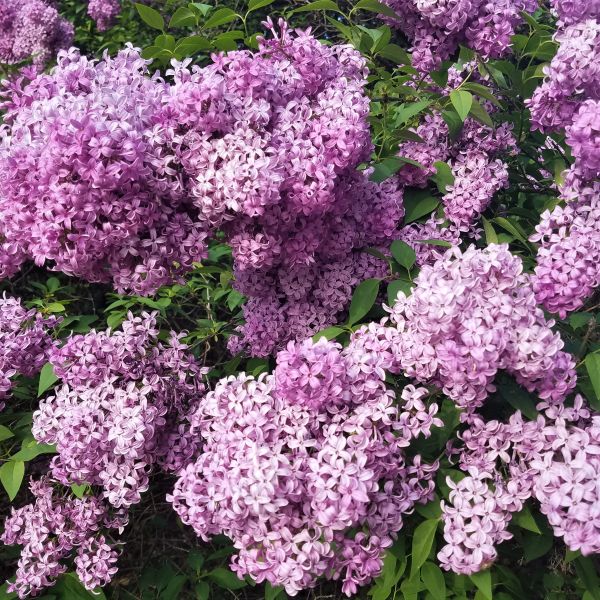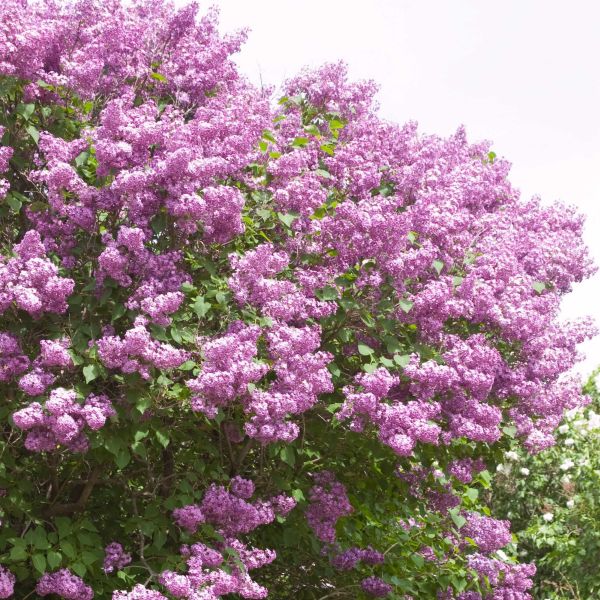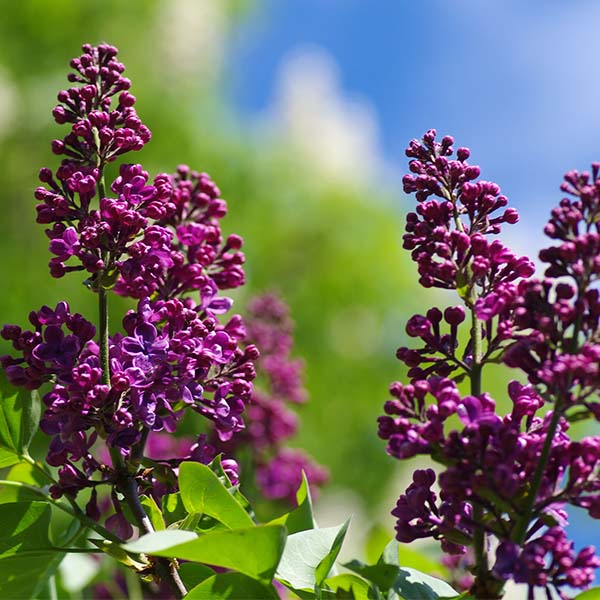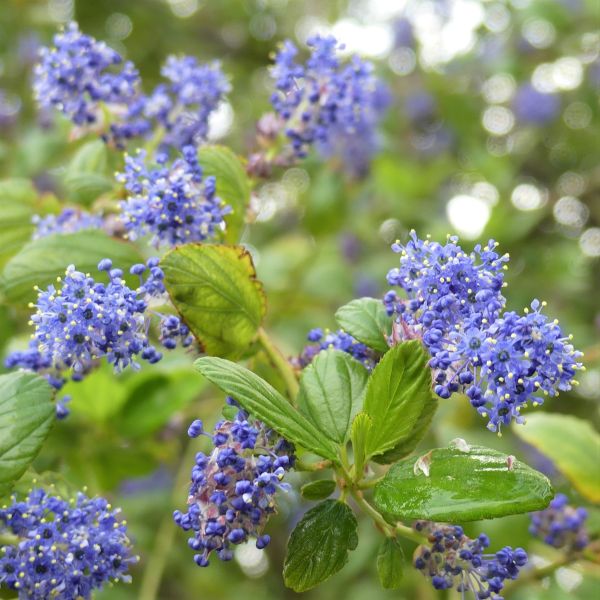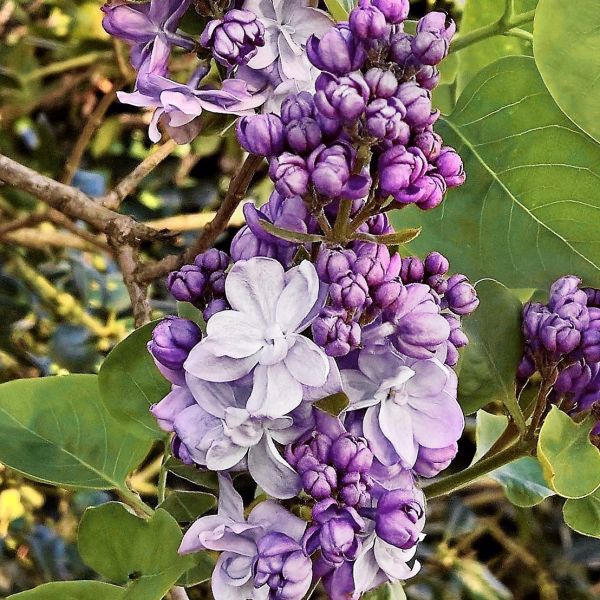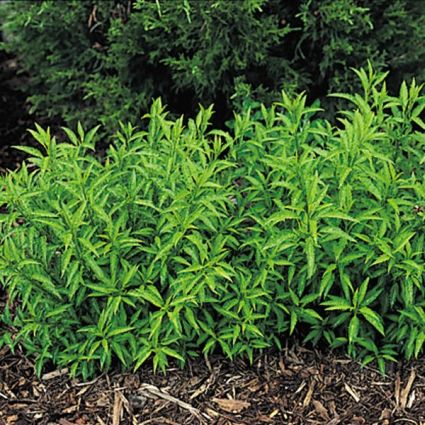
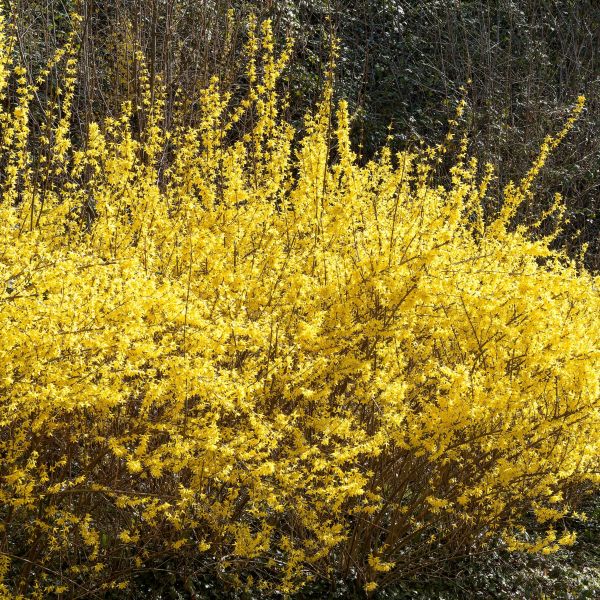
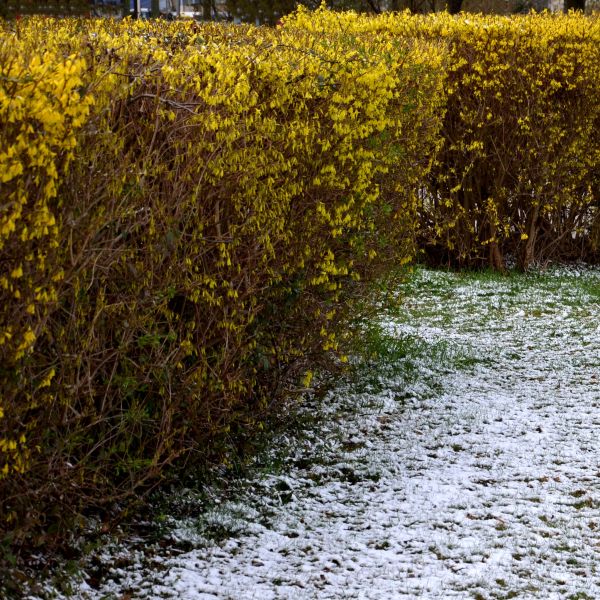
Dwarf Forsythia
Forsythia viridissima 'Bronxensis'
81 reviews
Dwarf Forsythia
Forsythia viridissima 'Bronxensis'
81 reviews
- Compact size ideal for small gardens or containers
- Bright yellow flowers in early spring
- Tolerant of a wide range of soil conditions
- Recommended by landscape designers for optimal fit in real yards
$116.00
$166.00
30% Off
- Ships to in 3 to 7 days
- Free Shipping Over $150
- Plant Arrival Guarantee
- In Stock
- Free Plant Consult
$200 - Landscape-Approved: Every Plant We Sell Comes With Design Expertise Behind It
2.5 Gallon
Not just beautiful - intentionally selected by ShrubHub's 3D landscape design team to fit real-world spaces and maximize yard potential.
Why Dwarf Forsythia?
Dwarf Forsythia (Forsythia viridissima 'Bronxensis') is a popular choice for gardeners due to its compact size and vibrant yellow flowers. This cultivar only grows to a height of around 3 feet, making it ideal for small gardens or border plantings. It blooms in early spring, adding a cheerful burst of color to the landscape. Its low maintenance requirements and adaptability to various soil types make it a desirable addition to any garden.
People who loved this plant also bought
Sunlight
Dwarf Forsythia plants require full sun to partial shade, with at least 4-6 hours of direct sunlight per day.
Watering
Dwarf Forsythia plants require regular watering, keeping the soil consistently moist, especially during the growing season. However, they do not tolerate excessive moisture or waterlogged soil. Proper drainage is necessary to prevent waterlogged conditions
Fertilizing
Dwarf Forsythia typically requires a well-balanced fertilizer with a nitrogen-phosphorus-potassium (NPK) ratio of 10-10-10 or 14-14-14. It is important to follow the product instructions and apply the fertilizer during the plant's active growing season.
Dwarf Forsythia (Forsythia viridissima 'Bronxensis')
Overview
The Dwarf Forsythia, scientifically known as Forsythia viridissima 'Bronxensis', is a compact and charming deciduous shrub that belongs to the Oleaceae family. This dwarf variety is a delightful addition to any garden or landscape due to its abundant yellow blooms and attractive foliage.
Appearance
The Dwarf Forsythia typically reaches a mature height of about 2 to 3 feet, making it an excellent choice for smaller gardens or containers. Its compact nature and rounded habit give it a pleasingly uniform shape that requires minimal pruning or maintenance.
The ovate leaves of this cultivar are small to medium-sized and have a deep green color which persists throughout the growing season, providing an attractive backdrop for the vibrant yellow flowers. The leaves remain dense and healthy, transforming into a lively golden yellow shade during the autumn months, adding an additional burst of color to your landscape.
Flowering
The most remarkable feature of the Dwarf Forsythia is undoubtedly its profusion of stunning yellow flowers. These flowers emerge in early spring, usually before the leaves appear, creating a captivating display of vibrant color against the still dormant surroundings.
The blossoms of Forsythia viridissima 'Bronxensis' are bell-shaped and occur in clusters along the branches. Each flower measures approximately 1 inch in diameter and has four distinct petals. This early-blooming shrub truly heralds the arrival of spring and attracts pollinators such as bees and butterflies, contributing to a healthy and vibrant ecosystem.
Care
The Dwarf Forsythia is known for its adaptability and ease of care. It thrives in full sun to partial shade conditions, requiring at least 6 hours of direct sunlight each day to ensure maximum bloom production. Well-draining soil is essential for its growth, as waterlogged conditions may harm the roots.
Regular watering is necessary during the first year of establishment, and thereafter, the Dwarf Forsythia is quite drought-tolerant and can withstand dry spells without significant damage. However, adequate moisture is still recommended to maintain its overall health and vigor.
Pruning should be done immediately after flowering to shape and maintain the form of the shrub. This variety responds well to pruning and can be kept as a neat, compact bush. However, it can tolerate minimal shaping if left unpruned.
Uses
With its vibrant spring blooms and attractive foliage, the Dwarf Forsythia is a versatile shrub that can be used in various landscaping applications. It serves as an excellent low hedge or border plant, adding color, structure, and texture to garden beds. Its compact size also makes it suitable for containers, where it can bring a touch of cheer to patios, balconies, and small outdoor spaces.
The cut branches of this shrub make for striking floral arrangements and can be brought indoors to brighten up your home during the early spring season.
In summary, the Dwarf Forsythia (Forsythia viridissima 'Bronxensis') is a captivating ornamental shrub that combines a compact size, abundant yellow blooms, and attractive foliage. Its adaptability, low maintenance requirements, and versatility make it a popular choice among gardeners and landscapers alike.
Plant Information:
| Botanical Name: | Forsythia viridissima 'Bronxensis' |
| USDA Zones: | 5 - 8 |
| Water: | Moderate |
| Exposure: | Full Sun |
| Soil Needs: | Widely Adaptable |
| Mature Height: | 2 - 3 feet |
| Mature Spread: | 2 - 3 feet |





Pollination Info
Pollination Information for Dwarf Forsythia (Forsythia viridissima 'Bronxensis')
Dwarf Forsythia, scientifically known as Forsythia viridissima 'Bronxensis', is a compact, deciduous shrub that belongs to the Oleaceae family. It is a popular ornamental plant known for its vibrant yellow flowers that bloom in early spring.
Importance of Pollination
Pollination plays a crucial role in the reproduction and survival of plants. It involves the transfer of pollen from the male reproductive organs (anther) to the female reproductive organs (stigma), resulting in fertilization and subsequent seed production. In the case of the Dwarf Forsythia, successful pollination is essential for the formation of fruits, which contain seeds for future plant growth.
Pollination Mechanism
Dwarf Forsythia is primarily pollinated by bees, although other pollinators like butterflies and hoverflies may also contribute to the pollination process. The showy flowers of Forsythia produce nectar to attract these pollinators. As the pollinators visit the flowers in search of nectar, they inadvertently brush against the anthers, picking up pollen grains.
Flower Structure
The flowers of Dwarf Forsythia are typically bell-shaped and have four petals. They are arranged in clusters along the branches, creating a beautiful display of yellow blooms. The anthers, which contain the pollen, are positioned at the end of slender filaments within the flower. The stigma, the receptive surface for pollen, is located at the center of the flower.
Pollination Process
When a pollinator lands on a Forsythia flower, it comes in contact with the anthers, causing some of the pollen grains to stick to its body. As the pollinator moves from flower to flower, it inadvertently transfers these pollen grains to the stigmas of other flowers, enabling cross-pollination. The pollen then germinates on the stigma, grows down the style, and reaches the ovary where fertilization occurs.
Promoting Pollination
To ensure successful pollination in Dwarf Forsythia, it is beneficial to create a pollinator-friendly garden environment. Here are some tips to promote pollination:
- Plant a variety of flowering plants that bloom at different times to provide a continuous nectar source for pollinators.
- Avoid using pesticides or herbicides that may be harmful to pollinators.
- Provide nesting sites like bee hotels or undisturbed soil for solitary bees.
- Include a water source like a birdbath or a shallow dish with rocks for butterflies and bees to drink from.
- Plant Dwarf Forsythia in a sunny location with well-drained soil to encourage healthy growth and abundant blooms.
By following these practices, you can increase the chances of pollination in Dwarf Forsythia, leading to better fruit set and the development of viable seeds.
FAQ
Dwarf Forsythia (Forsythia viridissima 'Bronxensis') - FAQ
General Information
1. What is Dwarf Forsythia (Forsythia viridissima 'Bronxensis')?
Dwarf Forsythia (Forsythia viridissima 'Bronxensis') is a compact deciduous shrub known for its vibrant yellow flowers that bloom in early spring. It is a dwarf cultivar of Forsythia viridissima, a species native to China and Korea. This variety is prized for its smaller size, making it suitable for small gardens or as a low hedge.
2. How tall and wide does Dwarf Forsythia typically grow?
Dwarf Forsythia usually grows to about 2-3 feet (60-90 cm) tall and 4-5 feet (120-150 cm) wide, with a mounded, spreading habit.
3. What are the main features of Dwarf Forsythia?
The main features of Dwarf Forsythia include:
- Bright yellow flowers in early spring
- Compact size
- Green foliage
- Arching branches
- Tolerance to a wide range of soil conditions
- Good resistance to pests and diseases
Planting and Care
1. What is the best time to plant Dwarf Forsythia?
Dwarf Forsythia is best planted in early spring or fall, when the soil is well-drained and temperatures are moderate.
2. What are the preferred growing conditions for Dwarf Forsythia?
Dwarf Forsythia thrives in full sun to partial shade. It can tolerate a wide range of soil types as long as they are well-drained. Once established, it is moderately drought-tolerant.
3. How often should I water Dwarf Forsythia?
Water the plant regularly, especially during hot and dry periods. Keep the soil evenly moist but not waterlogged. Mulching around the base of the plant can help retain moisture.
4. Does Dwarf Forsythia require pruning?
Pruning is not mandatory for Dwarf Forsythia, but it can be done after flowering to maintain its shape and promote better air circulation. Remove any dead or damaged branches. Avoid heavy pruning, as it may reduce flower production.
5. Does Dwarf Forsythia attract any pests or diseases?
Dwarf Forsythia is generally resistant to most pests and diseases. However, it can occasionally be affected by common garden problems such as powdery mildew, leaf spot, or aphid infestations. Proper sanitation, regular inspections, and appropriate treatments can help prevent or control these issues.
Propagation
1. How can I propagate Dwarf Forsythia?
Dwarf Forsythia can be propagated through softwood cuttings in early summer or hardwood cuttings in late autumn or winter. Make a clean cut just below a leaf node, remove lower leaves, and place the cutting in a well-draining growing medium. Keep it moist and in a protected area until roots develop.
2. Can Dwarf Forsythia be grown from seeds?
Dwarf Forsythia can be grown from seeds, but it may take several years to establish and start flowering. Collect seeds from mature fruits in late summer or early fall, sow them in a seed-starting mix, and provide the necessary conditions for germination.
Conclusion
Dwarf Forsythia (Forsythia viridissima 'Bronxensis') is a beautiful compact shrub with bright yellow flowers, ideal for smaller gardens or as a low hedge. With its tolerance to different soil conditions and resistance to common pests and diseases, it is relatively easy to grow and maintain. Follow the planting and care guidelines to ensure the best performance of this ornamental shrub.
Planting & Care
Dwarf Forsythia Planting & Care
About Dwarf Forsythia (Forsythia viridissima 'Bronxensis')
Dwarf Forsythia, also known as Forsythia viridissima 'Bronxensis', is a compact and low-growing deciduous shrub that belongs to the Oleaceae family. It is a beautiful ornamental plant popular for its bright yellow flowers that bloom in early spring, providing a splash of color to the garden after a long winter. Here are some tips for planting and caring for your Dwarf Forsythia:
Planting
- Select a sunny location in your garden for planting Dwarf Forsythia. It thrives in full sunlight.
- Ensure the soil is well-drained and fertile. Amend the soil with compost or organic matter to improve drainage and nutrient content.
- Dig a hole twice as wide and equally deep as the root ball of the plant.
- Place the Dwarf Forsythia in the hole, ensuring the top of the root ball is level with the ground.
- Backfill the hole with soil and gently firm it around the plant. Water thoroughly to help settle the soil.
- Apply a layer of mulch around the base of the plant to retain moisture and suppress weed growth.
Care
- Water the Dwarf Forsythia regularly, especially during dry periods. Ensure the soil remains evenly moist but not waterlogged.
- Prune the plant after flowering to maintain its shape and promote better branching. Remove any dead or damaged branches.
- Fertilize the Dwarf Forsythia in early spring with a balanced slow-release fertilizer. Follow the package instructions for application rates.
- Monitor the plant for pests and diseases. Treat any issues promptly to prevent them from spreading.
- During extreme cold winters, protect the plant by covering it with burlap or a frost cloth.
- If desired, you can propagate Dwarf Forsythia through softwood cuttings taken in early summer.
By following these planting and care instructions, you can enjoy the beauty and vibrant yellow flowers of your Dwarf Forsythia for years to come.
Check Out These Verified Customer Reviews:
Customer Reviews
4.7 out of 5 based on 81 reviews
Thank you! Your review has been submitted.
Fast shipping, arrived sooner than expected.
Excellent customer service
The website was user-friendly and easy to navigate, found exactly what I was looking for.
Item has been added to your cart.



